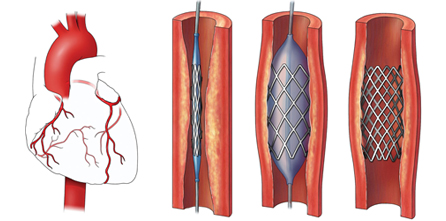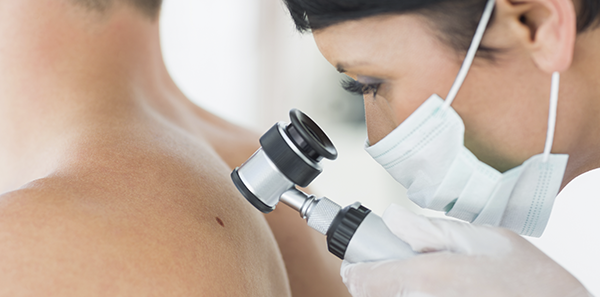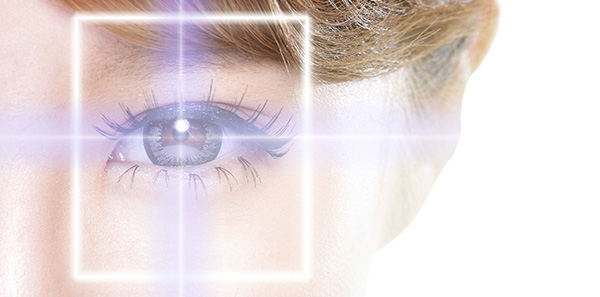
We’ve all heard something like this while chatting with friends: “Fernando has had two coronary stents put in, he was fine and suddenly he felt chest pain, they took him to hospital and they put two springs inside him. But he’s fine now, they discharged him after two days and you wouldn’t know anything had happened”.
What actually happened to Fernando is that he was very lucky, he could have died. When he felt a sharp pain in his chest he realised it was serious, so he called the emergency doctor, who suspected an acute heart attack and sent him straight to hospital. There in the Emergency Room they confirmed the diag-nosis of acute myocardial infarction. Fernando was lucky because that hospital had a cardiology service with an interventional cardiologist on call 24 hours a day, and in less than an hour they inserted a catheter, con-firmed that one of his coronary arteries was completely blocked, opened it up and implanted two coronary stents. This prevented a major heart attack and allowed his myocardium to make an almost full recovery. That’s why he looks like nothing has happened to him.
A coronary stent is an expandable mesh made from a metal compound, which may be coated with a pharmaceutical drug (active pharmaceutical or drug eluting stent) or not (conventional). The procedure consists of inserting a catheter through a puncture site in an artery in the wrist (radial) or in the groin (femoral) and guiding it until it reaches the coronary arteries. Once it is in place, a contrasting dye is injected to watch how the selected artery is filled. If an obstacle or blockage is found in the artery, the same device is used to insert a metal guide (a very fine catheter) to go past the obstruction.
Next, another catheter with a balloon device is placed into the guide and positioned at the obstruction. The catheter is expanded under pressure to widen the artery. The balloon carries the folded stent (mesh), which is then inflated and sticks to the artery wall leaving the artery open to coronary blood flow (direct stent). If the balloon is not carrying the stent, once the obstruction has been dilated, the catheter is removed and another is inserted with the folded stent inside, which is expanded in the dilated area of the lesion to prevent the artery wall in that area from retracting. The catheters and the inserter are removed and the artery is compressed for a few hours to pre-vent bleeding.
The patient has to take two kinds of antiplatelet blood-thinning agents (the most frequently prescribed are aspirin and Clopidogrel) to prevent coronary thrombosis, because the stent mesh is metal and highly thrombogenic until it is absorbed by the artery wall, which occurs from one to twelve months, depending on whether the stent is a conventional or active pharmaceutical one. It is very important that the drugs are taken for the entire period prescribed by the doctor, to prevent stent thrombosis, which would cause a heart attack with very serious consequences.
But why wait for a stent to start looking after yourself? Coronary obstructions are caused by the build-up of atheroma plaques, which are the result of many factors, including high cholesterol (hypercholes-terolemia), high blood pressure, smoking, poorly controlled diabetes and obesity. This is why it is vital to monitor all these risk factors by leading a healthy lifestyle, doing regular exercise, eating a healthy diet and, if necessary, taking the correct medication for controlling them.
I hope Fernando’s friends don’t think that what happened to him was a trivial matter and they take notice of everything we’ve said here. There’s nothing better than being in good health.
Dr. Juan Antonio Quiles Llorens – Specialist in cardiology
The information published in this media neither substitutes nor complements in any way the direct supervision of a doctor, his diagnosis or the treatment that he may prescribe. It should also not be used for self-diagnosis.
The exclusive responsibility for the use of this service lies with the reader.
ASSSA advises you to always consult your doctor about any issue concerning your health.












